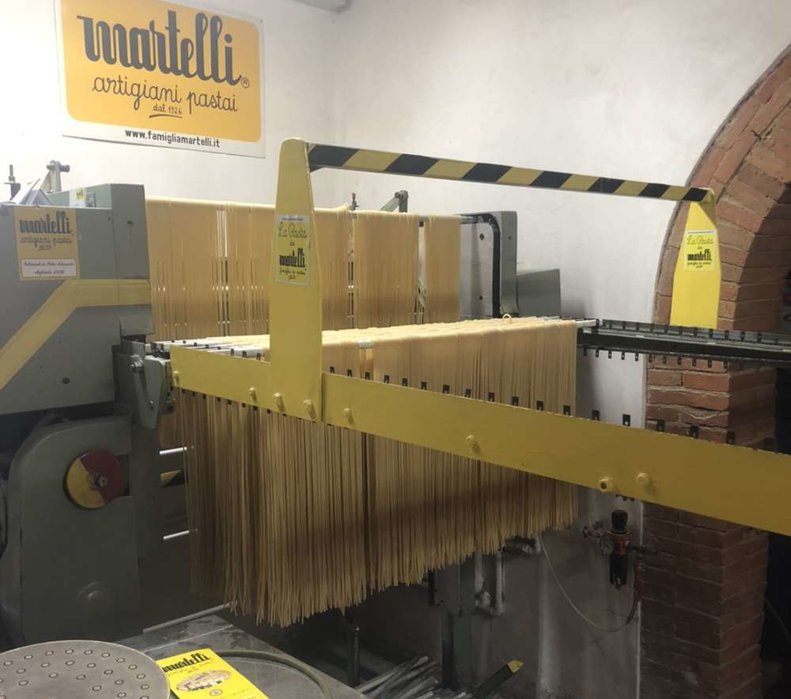


Served alongside a succulent osso bucco-style veal shank and drizzled with the cooking juices of the meat, I scooped up a forkful of sügeli. "An absence of colour doesn't mean an absence of taste, however," Teisseire was keen to emphasise as he expertly manipulated more sügeli shells from a new batch of dough in front of me.Ī short time later, having swapped his small basement workspace for the dining room above it, I was ready to test his theory. Named for the "colourless" nature of staple ingredients, such as flour, potatoes, leeks, turnips, dairy products and legumes, it's a cuisine that shares little resemblance to the bright reds, greens and yellows of the tomato, pepper and courgette-infused dishes of the coastal Mediterranean cuisine typically associated with the region. He repeats the process until his dough has disappeared, replaced by neat rows of pasta shells ready to be fed into a deep saucepan of boiling water.Ĭomposed of flour, water, salt and olive oil, sügeli is one of the main dishes of cucina bianca (white cuisine), the food of the pastoral transalpine communities in the high valleys of Piedmont, Liguria and the Alpes-Maritimes in what is today south-eastern France and north-western Italy. It's a finely-honed technique that Teisseire described as the "skill of sügeli". After pressing along the ridged board, a soft, contoured shell with seven fine pleats emerges. To make sügeli, a fresh shell-shaped pasta, chef Patrick Teisseire first takes a tiny round of dough, rolls it in flour, and with his thumb, presses it flat and slides it along a large circular wooden board.


 0 kommentar(er)
0 kommentar(er)
